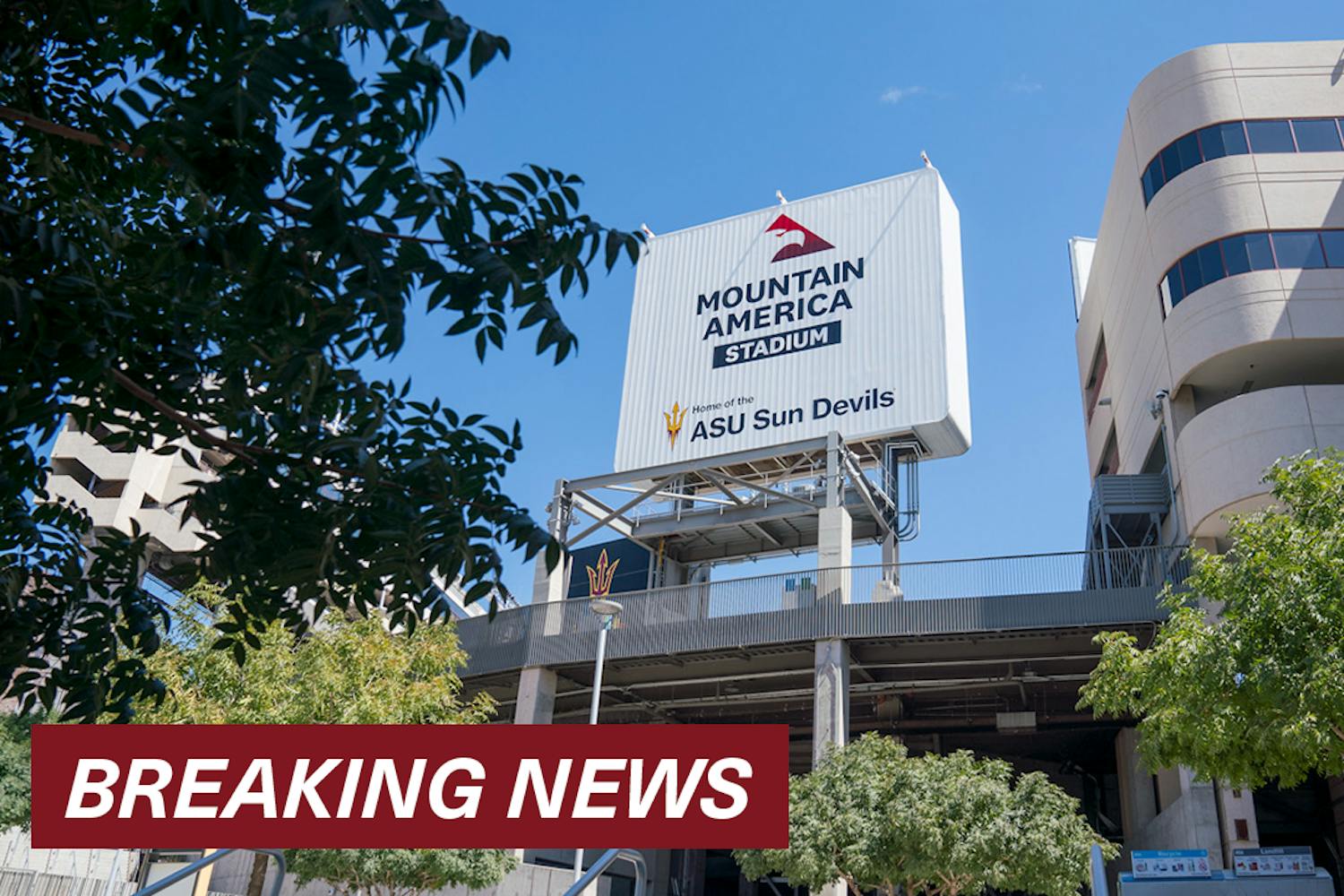Compared to out-of-state universities, an in-state education is typically the financially responsible choice — but it doesn't have to be an inferior college experience.
Many high school students maintain a negative stigma about attending an in-state university and feel inferior to their peers if they choose to stay in their home state. After all, a student who grew up in Phoenix is likely more eager to receive a Harvard University acceptance letter as opposed to one from ASU.
However, this preconception is outdated and needs to be addressed.
In-state colleges are designed to help provide an affordable higher education, allowing students to expand their knowledge without taking out extensive loans and dealing with the subsequent debt.
An Arizona resident living on campus while attending ASU in Tempe will pay about $28,491 for tuition, books and fees. This does not account for scholarships offered by the University. Meanwhile, an out-of-state student living on campus is responsible for paying $45,071. That is 58 percent more than what an in-state student pays to go to ASU.
At private colleges, like Sarah Lawrence College outside New York City, tuition alone for the 2017 school year was $52,600, not including other fees and the higher cost of living in that area.
Nevertheless, while the in-state price may seem high, it is often much lower when financial aid and scholarships are taken into account. While out-of-state students also benefit from scholarships, the savings are especially useful for Arizona residents. Every year, over 80 percent of ASU students are granted some sort of financial assistance.
This opportunity, accompanied with higher acceptance rates, gives in-state students the chance to pursue a degree of their choice that will benefit their future without as large of a price tag.
“Not only is it affordable, but we offer top tier faculty and high-tech classrooms that provide students with all the learning tools and resources they need to succeed, and it’s close to home,” said Herminia Rincon, an University spokesperson.
ASU had an 83 percent acceptance rate in fall 2016. In September, ASU reached 103,410 students, including the University’s five campuses and its online students, according to preliminary enrollment figures for the 2017-18 school year as reported by the Arizona Republic.
“Even though the numbers seem very large, I think students can find what they're looking for based on what campus they go to and kind of find their niche and then make that college experience a unique one that fits their needs,” Rincon said.
Attending such a large university may seem intimidating, but that scale offers an advantage many overlook. There are events unique to each campus throughout the academic year, allowing students to connect with their peers in a way typical to a smaller school.
“Each (campus) is very different and has an unique feel to it,” Rincon said. “If you’re looking for a big college experience, you obviously want to choose Tempe, but then we have our professional programs like the law college and the Cronkite school in downtown Phoenix ... the West campus, which is a more quiet campus, and then for our tech people and engineers, (Polytechnic) is the place to be.”
While the overall population of ASU is massive, it is stretched across several campuses. Also, considering the 23:1 student to faculty ratio, one can still get the intimate, immersive education they desired from a smaller out-of-state college.
With the cost-friendly tuition, high acceptance rate, ample resources and campus diversity, anyone can get a worthwhile education at an in-state school. Choosing an out-of-state university may be a good choice for some students, but in-state schools should not be ruled out. As the University charter says, ASU is "measured not by whom it excludes, but by whom it includes."
Reach the columnist at hncumber@asu.edu or follow @hncumber on Twitter.
Editor’s note: The opinions presented in this column are the author’s and do not imply any endorsement from The State Press or its editors. Want to join the conversation?
Send an email to opiniondesk.statepress@gmail.com. Keep letters under 500 words and be sure to include your university affiliation. Anonymity will not be granted. Like The State Press on Facebook and follow @statepress on Twitter.




